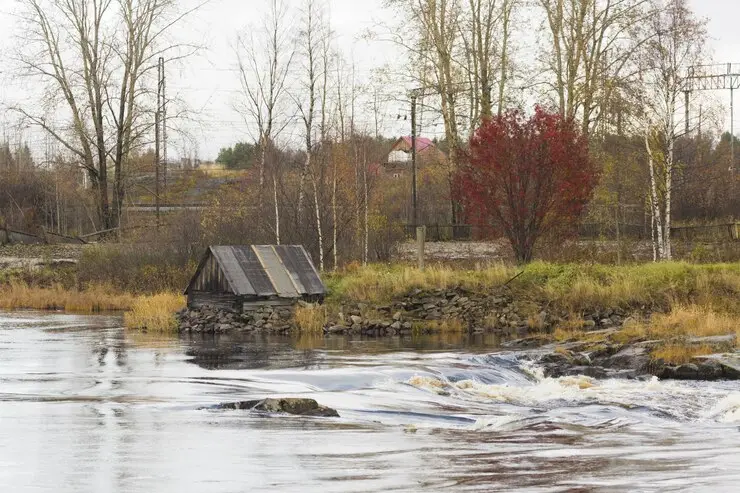
Water Extraction by the Professionals
Water damage can wreak havoc on your property, leading to costly repairs, health hazards, and structural issues if not handled swiftly and effectively. When faced with a flooding emergency, it’s crucial to enlist the expertise of professionals who specialize in water removal. But what exactly does this process entail, and how do professionals tackle it?
Let’s dive in and unveil the art and science behind water extraction.
Professional Water Extraction Methods
Assessment and Planning
The first step in any water extraction process is a detailed assessment of the affected area. Professionals thoroughly inspect the extent of the damage, identify the source of the water intrusion, and determine the category and classification of the water (clean, gray, or black) to tailor their approach accordingly. Once the assessment is complete, a comprehensive plan is formulated to mitigate further damage and restore the property.
Safety Precautions
Before doing anything, safety is important. Professionals prioritize the safety of both residents and technicians by identifying and addressing any potential hazards such as electrical dangers, structural disbalance, or contamination risks. They utilize personal protective equipment (PPE) and adhere to industry best practices to ensure a safe working environment throughout the extraction process.
Water Removal
Armed with state-of-the-art equipment and advanced techniques, professionals initiate the water extraction phase. High-powered pumps, wet vacuums, and specialized extraction tools are deployed to swiftly remove standing water from the premises. The goal is to eliminate excess moisture efficiently, preventing further saturation of building materials and minimizing the risk of mold growth and secondary damage.
Moisture Detection and Monitoring
Even after visible water is extracted, moisture can linger within porous materials such as drywall, flooring, and insulation. Professionals employ moisture detection devices such as infrared cameras and moisture meters to specify hidden pockets of moisture and ensure thorough drying. Throughout the drying process, the professionals will continuously monitor progress and make necessary adjustments as needed.
Drying and Dehumidification
Once the bulk of the water is removed, the focus shifts to drying out the affected area. Industrial-grade air movers and dehumidifiers are strategically placed to facilitate evaporation and humidity control. This step is crucial in preventing structural damage and inhibiting microbial growth. Water extraction professionals meticulously monitor temperature, humidity levels, and airflow patterns to optimize the drying process for maximum effectiveness.
Sanitization and Restoration
Why Trust ECOS for Water Extraction?
Water extraction is a multifaceted process that requires skill, expertise, and specialized equipment to mitigate the devastating effects of water damage effectively. By leaving the task to professionals, property owners can get the restoration process and minimize the long-term impact on their homes or businesses.
Ready to tackle water damage head-on? Contact ECOS for expert water extraction services and experience peace of mind knowing your property is in capable hands.

